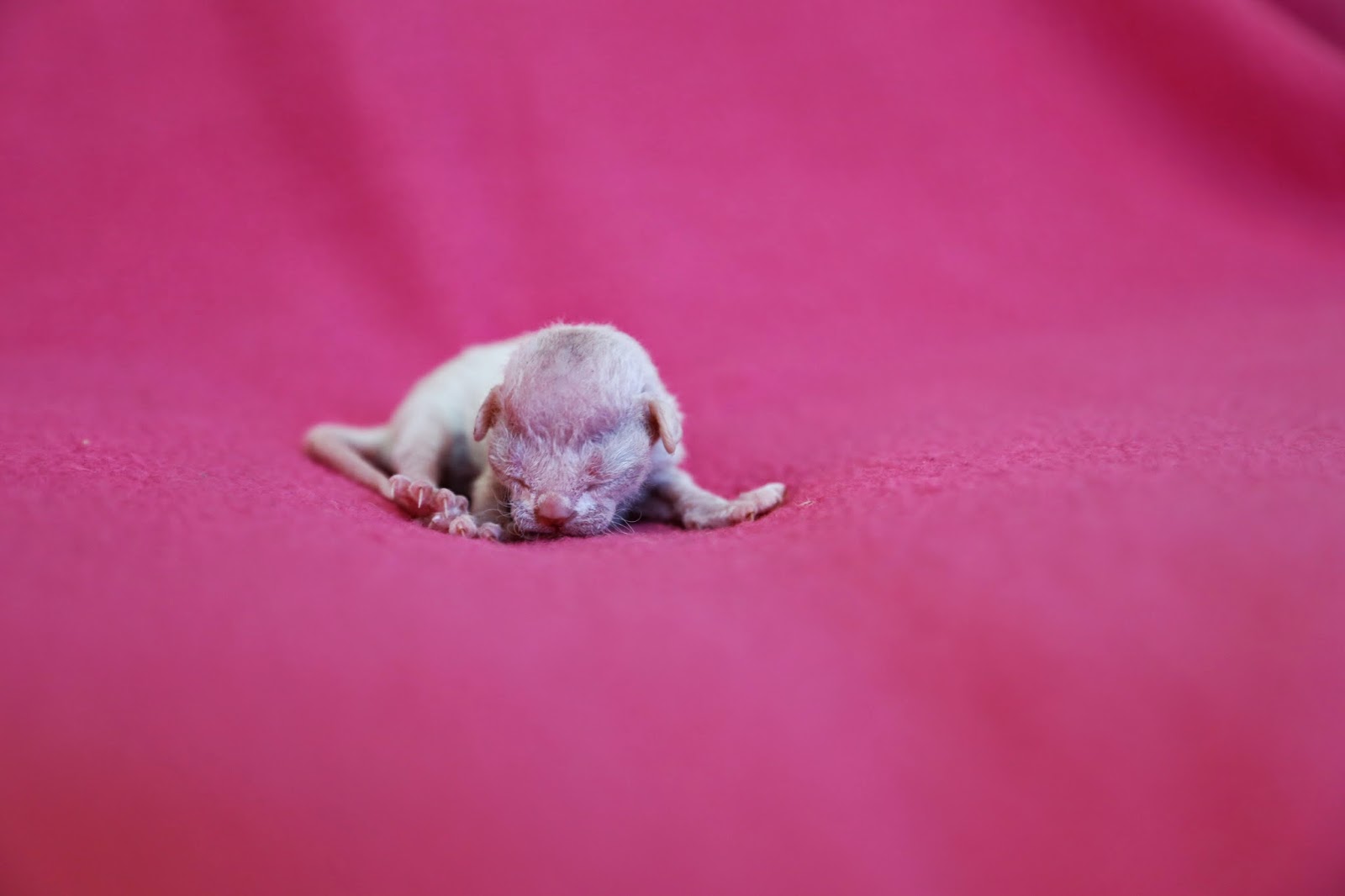FedraRex*PL Baloo
Agouti: A/A
Point 1: carrier (Siamese)
Blood type: b/b
Cinnamon: carrier
Dilute: carrier
PKD -/- negative (PKD1 see text below)
DevonDream*PL Yarglee
Point 1: +/+ Siamese
Blood type: A/b
PKD -/- negative
I got a bit concerned when I saw that both the boys had markers in 2 places for longhair!!
But i fond out that if a cat have markers on Longhair4 and 4_2 they are shorthair but carrier.
Puuh.. I have been looking suspiciously on Baloos fluffy tail all morning... but I did not need to worry :)
http://www.abyssiniancats.info/abyblog/tag/longhair-in-cats/
Tag Archive for Longhair in Cats
Controversial DNA test results?
There was recently a huge discussion about the test results
for an “Aby” whose DNA sample has been sent to two labs (UC Davis and
Texas A & M) for screening if the cat carries for longhair since
only 10 years ago some Somalis were introduced in that pedigree. The
results came back different or should I say inconclusive. Read my
thoughts about it below.
I will be trying to explain with different words and how the
explanatory text from the Texas A&M site can be interpreted and
whose correct link, btw, is:
http://www.catdnatest.org/DNA-results.html .
First thing to notice is, that apparently Texas A&M (other than
UC Davis) only tests for 3 of the 4 Mutations involved in modifying hair
length in cats. They are M1, M2 and M4, hence they do not test for M3.
Also the Texas A & M uses two different markers for M4 (M4 and
M4_2), due to difficulties in typing they say. Their observance in
results is, that in most cases the result is the same for both markers
(for example M4 +/- and M4_2 +/-). In order for a cat to show the
longhair however it seems that cats need to have two mutations at either
M4 or M4_2 (or both together?). One mutation at each marker of M4 would
not make it a longhair cat, unless there would be an additional
mutation at one of the other loci (M1- M3). So the compound heterozygote
doesn’t apply for mutation M4 when both markers have one mutation.
Below you can see a couple of combinations of different mutations and how they “translate”:
| Mutation M1 |
Mutation M2 |
Mutation M3 |
Mutation M4 |
Mutation M4_2 |
Phenotype |
Genotype |
| +/- |
+/- |
-/- |
-/- |
-/- |
longhair |
compound heterozygote |
| -/- |
-/- |
+/- |
+/- |
-/- |
longhair |
compound heterozygote |
| -/- |
-/- |
-/- |
+/+ |
-/- |
longhair |
homozygote |
| -/- |
-/- |
+/- |
-/- |
-/- |
shorthair |
carrying M3 |
| -/- |
-/- |
-/- |
+/- |
+/- |
shorthair |
carrying M4/M4_2 |
| -/- |
-/- |
-/- |
-/- |
-/- |
shorthair |
homozygote |
| -/- |
-/- |
+/- |
+/- |
-/- |
longhair |
compound heterozygote |
|
|
|
|
|
|
|
The test result for the cat in questions shows one mutation for M4_2,
and no mutation for M4. Cat also doesn’t have any mutation for M1 and
M2, M3 is not tested by that Laboratory. Another Laboratory reported the
cat to be free of any mutation (M1-M4), but I do not know wether they
test for both markers in M4. So far, it is not clear, whether mutation
M4_2 is functional or not. None of the description I read so far did
state that anywhere clearly, neither pro nor con. If there do exist cats
which tested M4_2 +/+ and are phenotypically longhaired, then the
answer should be yes. Question is, did they also test M4 +/+, if so, it
still would not be clear if the mutation M4 at the 2nd marker is
functional or not. My first approach would be to contact Texas A&M
and ask them exactly that question. Maybe, they are inconclusive
themselves, then we are back to square.
PKD1
PKD1 (Polycystic Kidney Disease) in Felines
Polycystic Kidney Disease (PKD) is a well documented abnormality
in domestic cats. Cystic kidneys can sporadically occur in any
population of cats. PKD is not a new disease and has been reported in
the literature for over 30 years. The heritable form of PKD1 may not
have initially occurred in Persians as a new mutation, but perhaps in
random bred cats. Unfortunately, PKD1 does not have a strong clinical
presentation. The presentation of PKD1 is similar to one of the most
common causes of death for any cat, renal failure. Thus, PKD1 has gone
unnoticed for many years and has spread throughout the Persian breed.
Any breed that has used Persians in their foundation or propagation
should have concerns for PKD1.
In Persians, the condition has been shown to be inherited as a
single autosomal dominant gene. It is estimated over 37% of Persians
have PKD1, a breed that accounts for nearly 80% of the cat fancy. Many
lines and catteries have been able to greatly reduce this frequency
by using ultrasound screening methods and improved breeding practices
I do not know how common it have been to use Persians in the breeding program for Devon Rex and if the longhair gene we see today are only coming from breeding them together, if that is the case I believe it is a good idea to also do the DNA test for PKD1 the lab does the test from the same swab so there is no extra steps to take.




















